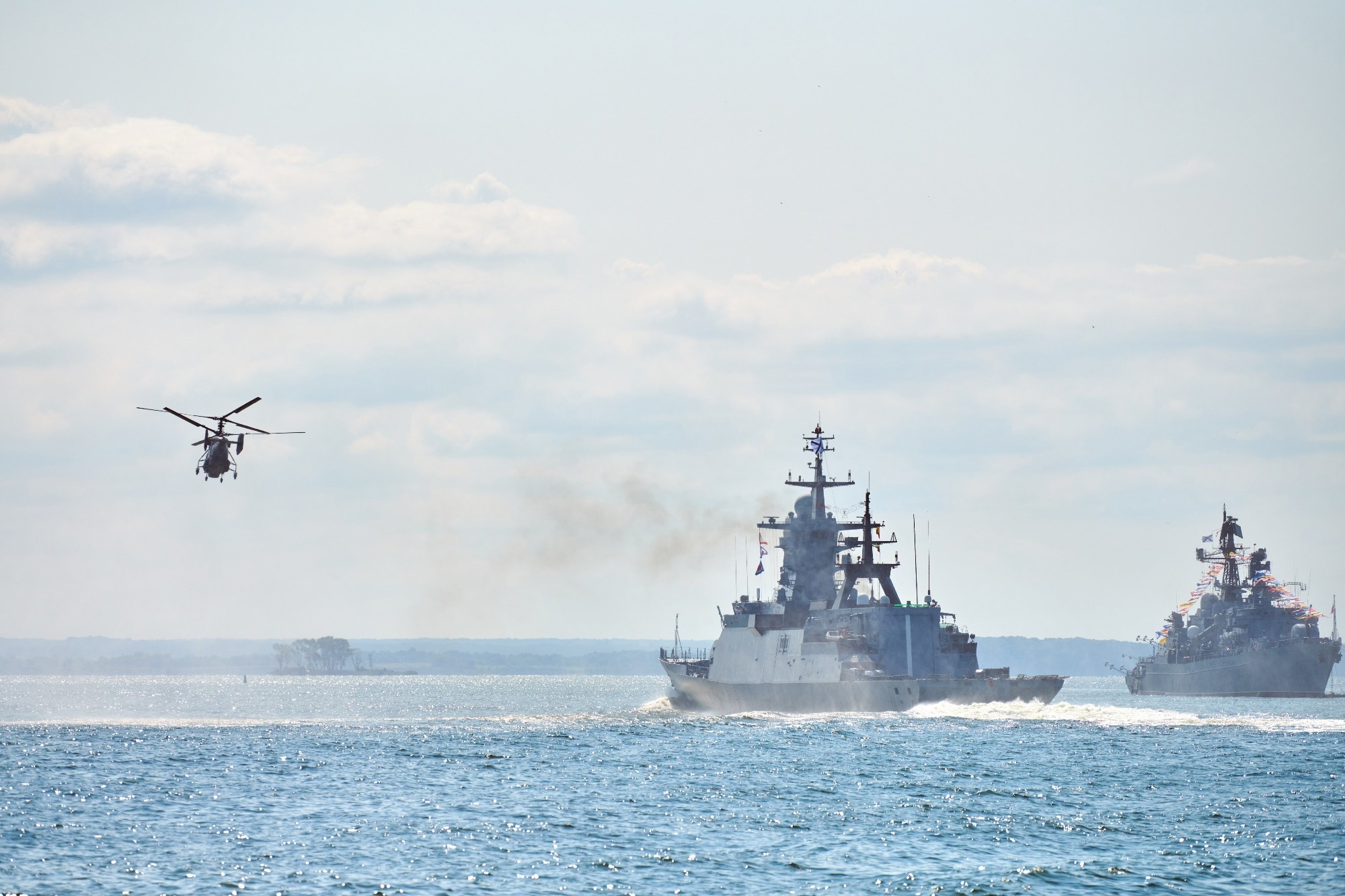In recent years, maritime robotics has rapidly evolved, with the collaboration of multiple unmanned surface vessels (USVs) garnering significant attention. The potential to enhance mission execution efficiency, particularly in scenarios involving exploration, surveillance, and target tracking, has driven the exploration of multi-USV cooperation. Within this dynamic landscape, cooperative hunting is a challenge that demands innovative solutions.
 Study: Revolutionizing Multi-USV Cooperative Hunting with Innovative Path Planning. Image credit: travelarium.ph/Shutterstock
Study: Revolutionizing Multi-USV Cooperative Hunting with Innovative Path Planning. Image credit: travelarium.ph/Shutterstock
In an article published in the journal Sensors, researchers proposed a novel approach that harnesses the power of the A* algorithm to facilitate cooperative hunting among multi-USV teams in environments laden with obstacles. The central goal is to optimize path planning and target search strategies, all while intelligent ligating through obstacles.
A* Algorithm for smarter path planning
At the heart of this new approach lies the A* algorithm, a heuristic search algorithm that finds its roots in the Dijkstra algorithm and Breadth-First Search (BFS). Renowned for its efficiency, the A* algorithm incorporates a heuristic function that guides the search process, approximating the optimal path. However, it places a heavy emphasis on path length and often fails to address the aspect of path smoothness. Recognizing this limitation, the proposed approach introduces a path-smoothing technique, leveraging the concept of the minimum turning radius of USVs.
This innovative technique introduces a reverse traversal recursive algorithm that complements the A* algorithm. It focuses on refining the efficiency of the path planning process. Furthermore, the method divides paths into distinct scenarios based on obstacle positions and paths themselves, resulting in considerably smoother path trajectories. By considering both efficiency and smoothness, this approach ensures that USVs navigate through intricate environments with precision and safety.
Modeling USVs and obstacles
Accurate modeling of both USVs and obstacles is pivotal to the success of this approach. To this end, the study employs a simplified three-degree-of-freedom mathematical model to describe the pose and speed vectors of the USVs. This model provides the foundational understanding required for effective simulations. The Unity3D platform, known for its versatility in creating dynamic virtual environments, is employed to generate a 3D model of a USV. By incorporating physical characteristics such as inertia, gravity, and buoyancy, this model is a component in the subsequent simulation experiments.
Obstacle modeling is equally paramount to ensure the safety of USV navigation. The authors emphasize the horizontal plane, where USVs predominantly operate, and model sections of obstacles within this plane. Maintaining a safe distance between USVs and obstacles is of utmost importance, and the approach employs obstacle expansion modeling to enhance accuracy. This entails expanding the boundaries of obstacles using an expansion coefficient. To streamline the integration of obstacles into the path planning process, an obstacle coordinate system is established.
Collaborative hunting strategy
The proposed approach involves an innovative, collaborative hunting strategy. Drawing inspiration from the strategic hunting behavior of lion packs, the strategy emulates USV clusters that preform along the path of the target. These clusters strategically assume a U-shaped formation akin to encircling their prey. This constrains the target's movements and turning capabilities, subsequently reducing the extent of its activity range. The biomimetic multi-USV collaborative hunting method is devised to optimize efficiency and efficacy.
Validation and contributions
To validate the effectiveness of the proposed approach, extensive simulation experiments are conducted. The results not only affirm the prowess of the algorithm in enhancing path planning and target search but also highlight its potential for revolutionizing cooperative hunting. The contributions of this study are two-fold and hold significant implications for the field:
Introduction of a path-smoothing technique: By introducing a path-smoothing method grounded in the minimum turning radius of USVs, the approach addresses a critical limitation of the A* algorithm. This innovation significantly enhances the efficiency and effectiveness of the path planning process, enabling USVs to navigate intricate environments more successfully.
Biomimetic collaborative hunting strategy: The proposal of a biomimetic multi-USV collaborative hunting method marks a departure from traditional strategies. By mirroring the strategic behavior of lion packs, USV clusters assume a U-shaped formation to encircle the target strategically. This unique approach not only limits the target's movement but also improves the overall efficiency of the hunting algorithm.
Conclusion
In the complex realm of multi-USV cooperative hunting, the proposed approach offers a promising solution to the intricate challenges of path planning and target tracking, particularly in obstacle-rich environments. By integrating the A* algorithm and innovative biomimetic strategies, the approach elevates the efficiency and effectiveness of multi-USV missions, opening doors to safer, smarter, and more successful maritime operations. As technological advancements continue to reshape the landscape, methodologies such as the one presented in this article hold the potential to redefine the standards of collaborative hunting and navigation strategies in the maritime domain.
Journal reference:
- Chen, Z., Zhao, Z., Xu, J., Wang, X., Lu, Y., & Yu, J. (2023). A Cooperative Hunting Method for Multi-USV Based on the A* Algorithm in an Environment with Obstacles. Sensors. https://doi.org/10.3390/s23167058, https://www.mdpi.com/1424-8220/23/16/7058